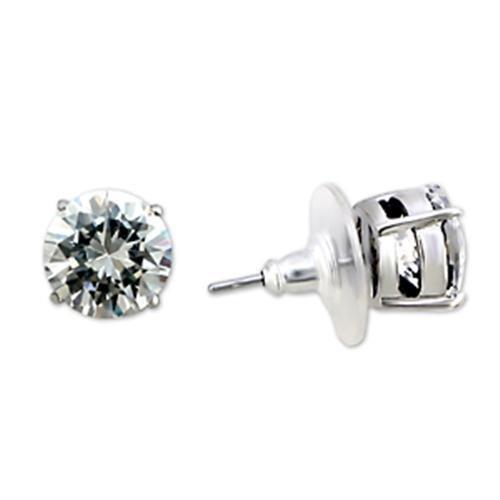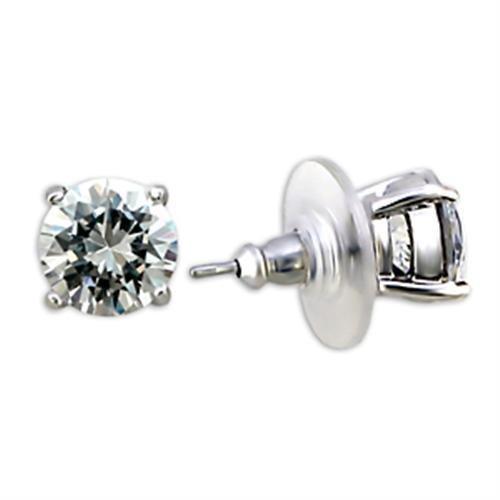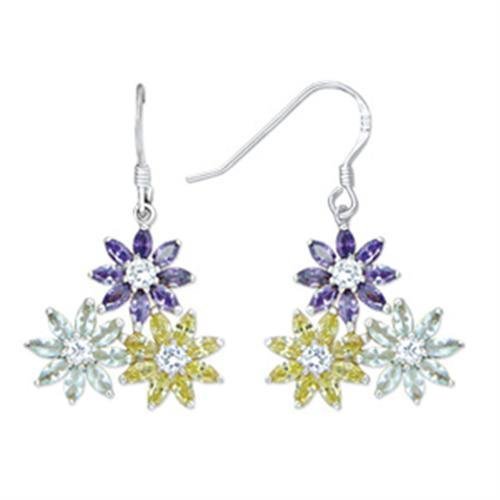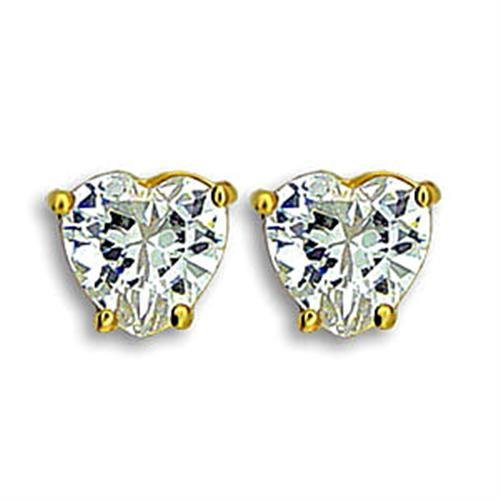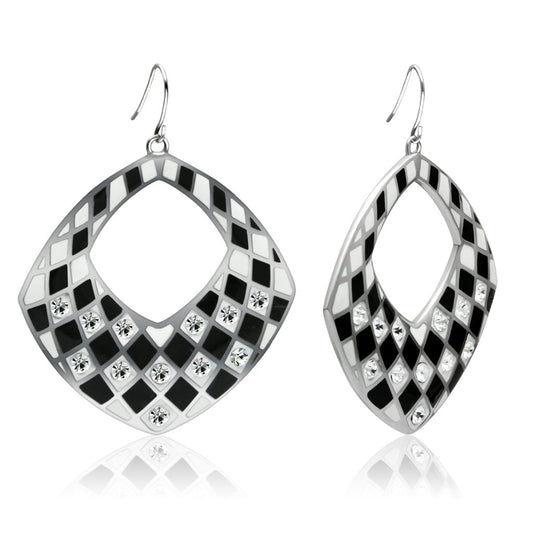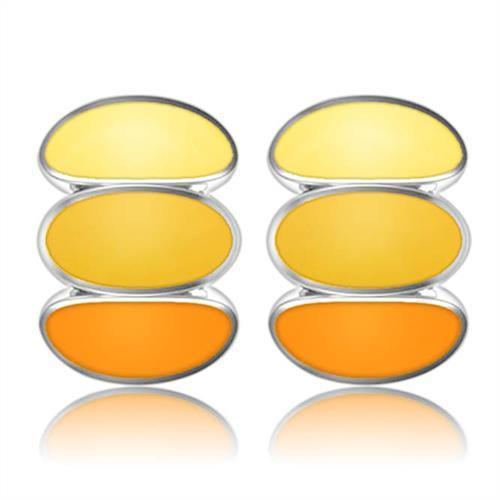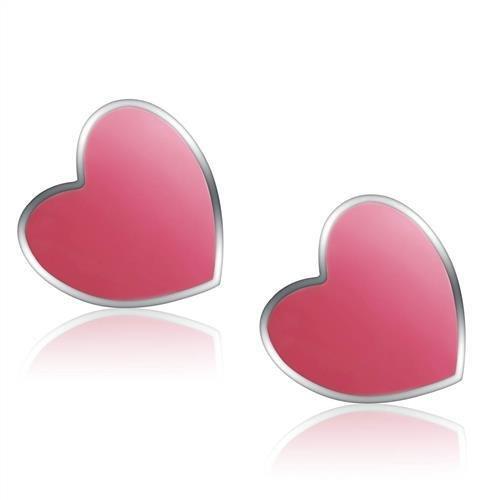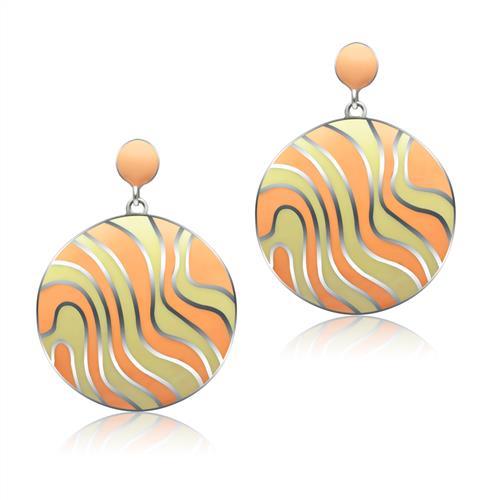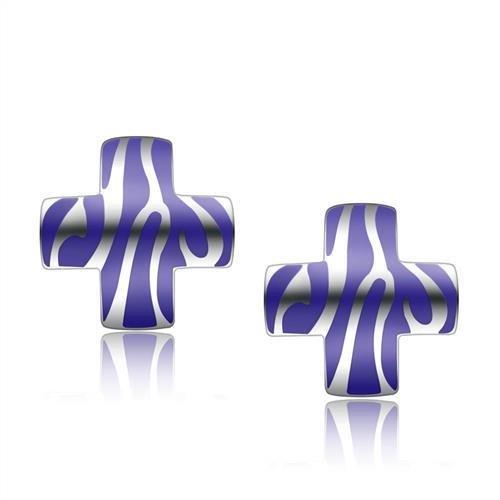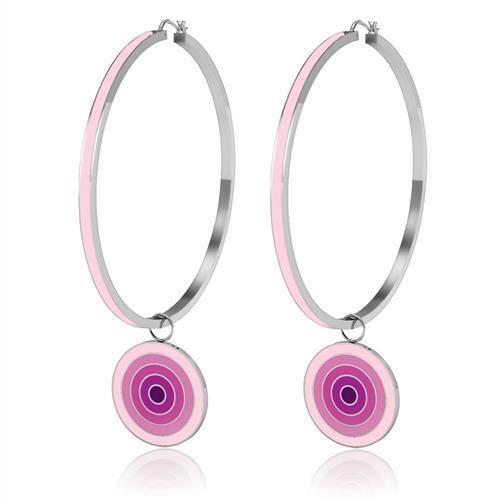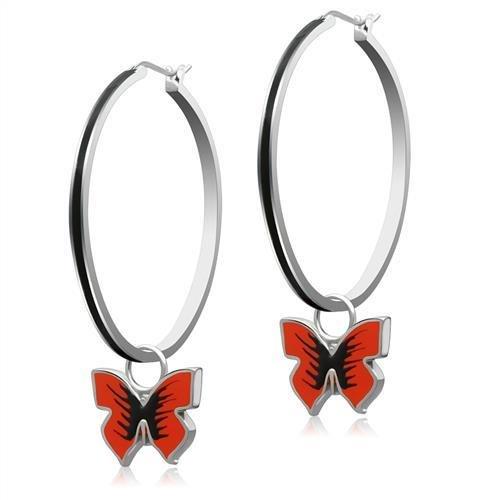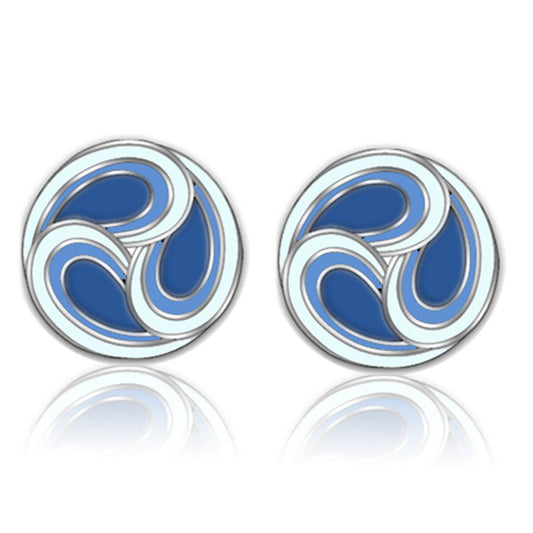When it comes to jewelry care, many wonder, Is it safe to wear a gold plated necklace in the shower? This question is particularly relevant for those who cherish their gold plated pieces and want to ensure their longevity. In this article, we will explore the impact of water and chemicals on various types of gold jewelry, including gold plated, gold filled, and solid gold. We will also provide practical maintenance tips to help you keep your jewelry looking its best.
Table of Contents
- Introduction
- Gold Plated vs. Gold Filled vs. Solid Gold
- Chemical Damage and Alloy Metals
- Water Exposure and Tarnish
- Maintenance and Care Tips
- Understanding Gold Vermeil and Its Care
- Common Misconceptions About Wearing Jewelry in Water
- Practical Tips for All Jewelry Types
- Exploring More Durable Jewelry Options
- Frequently Asked Questions
- Final Thoughts
Introduction
Gold plated jewelry, while beautiful and affordable, is often misunderstood when it comes to its durability and care. The process of electroplating involves coating a base metal, typically brass or copper, with a thin layer of gold. This gives the piece the appearance of solid gold without the hefty price tag. However, the thin gold layer is sensitive to water and chemical exposure, making it less durable than other types of gold jewelry.
Gold Plated vs. Gold Filled vs. Solid Gold
Understanding the differences between gold plated, gold filled, and solid gold is crucial for proper jewelry care. Here's a quick overview:
- Gold Plated Jewelry: Consists of a thin layer of gold over a base metal. It is not recommended for shower use due to the risk of damage and discoloration. The gold layer can wear off over time, especially with water exposure, leading to tarnish and dullness.
- Gold Filled Jewelry: Contains a thicker layer of gold compared to gold plated jewelry, usually bonded to a base metal. Although more durable, it is still not ideal for regular water exposure, as it can eventually lead to tarnishing.
- Solid Gold Jewelry: Made entirely of gold, these pieces are more resistant to water and are suitable for occasional shower use. However, it's still advisable to remove them to prevent potential chemical damage from shampoos and conditioners.
Chemical Damage and Alloy Metals
Another factor to consider is the potential chemical damage from everyday products like shampoos, conditioners, and soaps. These can react with the alloy metals in gold plated and gold filled jewelry, causing discoloration or corrosion. The presence of alloy metals like copper or nickel in lower karat gold, such as 10K or 14K, can make these pieces more reactive to water and chemicals.
For a variety of elegant pieces, you can explore our necklaces collection at Precious Pulse Jewelry, where you can find everything from dainty pendants to bold statement pieces.
Water Exposure and Tarnish
Water exposure is a common concern for all types of jewelry. For gold plated pieces, water can accelerate the erosion of the gold layer, leading to tarnishing. This tarnish is a result of oxidation, a chemical reaction that occurs when the base metal interacts with water and air. Over time, this can significantly dull the appearance of your jewelry.
To avoid such issues, it's best to remove gold plated necklaces before showering, swimming, or exercising. Proper maintenance, such as drying your jewelry thoroughly and storing it away from moisture, can help prolong its life and keep it looking radiant.
Note: Even though solid gold jewelry is more resilient, regular exposure to water can still dull its shine and potentially damage any gemstones or intricate settings.
Maintenance and Care Tips
Proper maintenance is key to preserving the beauty and longevity of your jewelry. Here are some tips to keep in mind:
- Avoid Water and Chemicals: Always remove your jewelry before coming into contact with water or chemicals. This includes activities like showering, swimming, and cleaning.
- Dry Thoroughly: If your jewelry does get wet, dry it thoroughly with a soft cloth. This helps prevent tarnish and corrosion.
- Store Properly: Keep your jewelry in a dry, cool place, away from direct sunlight. Using a jewelry box with compartments can prevent pieces from scratching each other.
For those looking for high-quality alternatives, our bracelets collection offers a range of styles that combine elegance with durability.
Understanding Gold Vermeil and Its Care
Gold vermeil jewelry is often confused with gold plated jewelry, but there are key differences that affect its durability and care. Gold vermeil consists of a sterling silver base that is coated with a thick layer of gold. This thicker gold layer provides better durability compared to standard gold plating, but it still requires careful handling to maintain its luster.
Why Avoid Water with Gold Vermeil?
Despite its thicker gold coating, gold vermeil is not immune to the effects of water exposure. Water can cause the silver base to oxidize, leading to tarnish. Additionally, the gold layer can wear down over time, especially if exposed to harsh chemicals found in shampoos, soaps, and other personal care products. To keep your gold vermeil pieces looking their best, it's advisable to remove them before any water-related activities.
For those interested in exploring more durable options, check out our earrings collection, where you can find styles that balance beauty with resilience.
Common Misconceptions About Wearing Jewelry in Water
It's a common misconception that all types of jewelry can withstand water exposure. However, even more durable pieces like solid gold or gold filled jewelry can suffer from water damage if not properly cared for. Here are some misconceptions and the realities:
-
Myth: Solid Gold Jewelry Is Waterproof
- While solid gold is more resistant to water, it is not completely impervious to damage. Chlorine, salt water, and chemicals can dull its shine and weaken the metal over time.
-
Myth: Gold Plated Jewelry Is Fine in Water If It's High Quality
- The quality of plating does matter, but even high-quality gold plated jewelry can deteriorate with water exposure. The thin gold layer can wear away, revealing the base metal beneath, which can corrode.
-
Myth: Gemstone Jewelry Is Safe in Water
- Gemstones can be particularly sensitive to water and chemicals. Some stones can absorb water, leading to discoloration or even structural damage.
To explore more exquisite pieces, our rings collection offers a range of options from classic to contemporary designs.
Practical Tips for All Jewelry Types
No matter the type of jewelry, there are some universal tips to help keep your pieces in pristine condition:
- Avoid Wearing Jewelry in the Shower: This includes gold plated, gold filled, and solid gold jewelry. The combination of water and soap can cause tarnish and dullness.
- Be Cautious with Chemicals: This includes household cleaners, perfumes, and even makeup. Always put on jewelry last after getting dressed and applying products.
- Regular Cleaning: Use a gentle jewelry cleaner or a mix of mild soap and water to clean your jewelry. Be sure to rinse thoroughly and dry with a soft cloth.
For those who prefer a more traditional look, our bangles collection provides a variety of timeless styles.
Exploring More Durable Jewelry Options
If you're looking for jewelry that can withstand daily wear, including occasional water exposure, consider investing in higher karat gold or platinum pieces. These materials are more resistant to tarnish and corrosion, making them ideal for everyday wear. However, even these pieces benefit from regular care and mindful use.
Tip: It's always best to remove any jewelry before activities like swimming, exercising, or showering to prevent potential damage and maintain its appearance.
Frequently Asked Questions
-
Can I wear a gold plated necklace in the shower occasionally? It is generally not recommended to wear gold plated jewelry in the shower, even occasionally. Water and soap can cause the gold layer to wear off, leading to tarnishing and exposure of the base metal.
-
What happens if I accidentally shower with my gold plated necklace? Accidental exposure to water can lead to tarnishing and fading of the gold layer. It's best to dry the necklace thoroughly with a soft cloth and avoid further water exposure to minimize damage.
-
Is gold plating durable enough for daily wear, including occasional water exposure? Gold plating can be durable for daily wear, but it's not designed to withstand frequent water exposure. Over time, the gold layer can wear away, especially if exposed to water and chemicals regularly.
-
How can I protect my gold plated necklace from tarnishing if I live in a humid climate? In humid climates, store your gold plated necklace in a dry, airtight container or jewelry box with anti-tarnish strips. Avoid leaving it in the bathroom or other humid areas.
-
Can I use household cleaners to clean my gold plated necklace? No, household cleaners can be too harsh for gold plated jewelry and may strip away the gold layer. Use a mild soap and water solution or a jewelry cleaning cloth specifically designed for gold plated items.
-
Does gold plated jewelry tarnish faster than solid gold? Yes, gold plated jewelry tarnishes faster than solid gold because the gold layer is thin and can wear off, exposing the base metal underneath.
-
Is it safe to wear gold plated jewelry while exercising? It is not recommended to wear gold plated jewelry while exercising. Sweat can accelerate the tarnishing process and cause the gold layer to wear away faster.
-
Can I wear my gold plated necklace in the ocean? No, it is best to avoid wearing gold plated jewelry in the ocean. Saltwater can be particularly corrosive and can quickly damage the gold plating.
-
How can I restore the shine to my tarnished gold plated necklace? You can gently polish the necklace with a soft jewelry cloth. For more severe tarnishing, consider taking the piece to a professional jeweler for cleaning and re-plating if necessary.
-
What should I do if my gold plated necklace gets wet? If your gold plated necklace gets wet, dry it thoroughly with a soft cloth. Avoid rubbing the surface too hard, as this can wear down the gold layer. Store it in a dry place to prevent further tarnishing.
Final Thoughts
Jewelry care is crucial to maintaining the beauty and longevity of your pieces. Whether you own gold plated, gold filled, or solid gold jewelry, understanding the risks associated with water exposure and chemical contact is key. By following the care tips provided in this article, you can enjoy your jewelry for many years to come.
For a stunning array of jewelry options, including bracelets, earrings, necklaces, rings, bangles, and brooches, visit our collections at Precious Pulse Jewelry. Each piece is crafted with care and designed to be cherished.
Thank you for reading our guide on "Is it safe to wear a gold plated necklace in the shower?" We hope this article has provided you with valuable insights and practical advice to keep your jewelry looking beautiful. Remember, the key to maintaining your jewelry's shine and luster is regular care and mindful wear.


